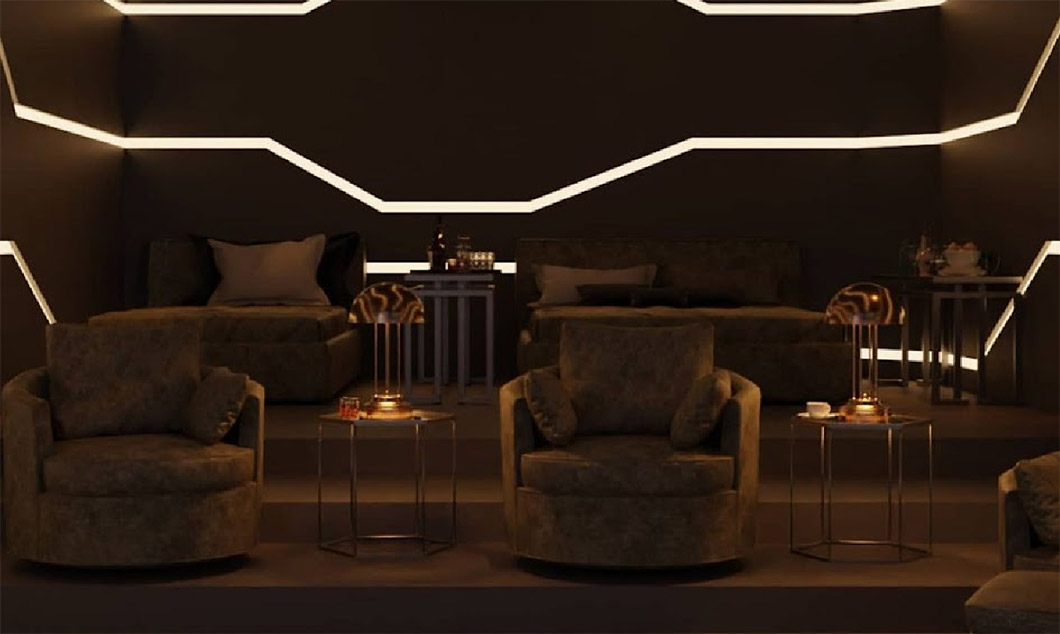
Designing Budget-Friendly Acoustic Rooms in Homes
Designing a room dedicated to the enjoyment of music and one that is acoustically inclined can take time and effort. Incorporating the finest acoustics and specific design elements to enhance the audio-visual experience is a must, for which consulting an acoustic consultant is vital. One can use simple interior design strategies to optimise the experience of music when creating an acoustic room design on a budget. For instance, furniture and objects with hard surfaces in the room can help diffuse sound reflections and minimise standing waves by breaking up parallel surfaces and dispersing sound. Moreover, decorative elements like textured artwork, tapestries, or foam panels can be installed on the wall. This will help scatter the sound, preventing excessive sound reflections and improving the overall acoustics of the room. Hanging heavy cotton or velvet curtains can also help control excessive reverberation in the room, owing to their sound-absorbing properties.
Sound-Absorptive Materials:
Also, adding rugs to the floor and setting up foam-based seating options can help absorb sound reflections and reduce reverberation. Textured, three-dimensional wall art, which incorporates grooves and extruding designs, helps scatter sound waves and prevent direct reflections, thus reducing echo. Perforated panels can also be installed as sound proofing on the walls to improve sound absorption. Combining them with rock or mineral wool can enhance its architectural acoustics by providing a larger surface area for sound dampening. Moreover, upholstered wall panels can be made of foam-based materials, providing added acoustic absorption. Additionally, introducing air gaps between the base material and the wall finishes helps prevent sound transmission and minimises vibrations.
Surface Treatments:
Finding the balance between reflection and absorption is crucial for a home theatre design to work well, as excessive reflections can muddy the sound while eliminating all reflections results in a dry atmosphere. Additional acoustic treatments, such as bass traps, used as acoustic energy absorbers, which dampen the low-frequency sounds, and diffusers, used to reduce the intensity of sound by scattering it over an expanded area, can work towards enhancing the acoustics. Lastly, ensuring proper isolation from external noise sources by sealing gaps, using double or triple-glazed windows and sealing air vents to minimise sound leakage completes the design. This results in a dedicated listening space that delivers an immersive and high-quality music listening experience.
Appropriate speaker positioning can enhance the auditory experience in the acoustic room design. Place them at ear level for the best experience. If there are two speakers, place them in an equally distant position from the side walls, forming an equilateral triangle. Chopra’s Designs recommends the purchase of high-quality speakers equipped with full-range capabilities and sizable drivers.
